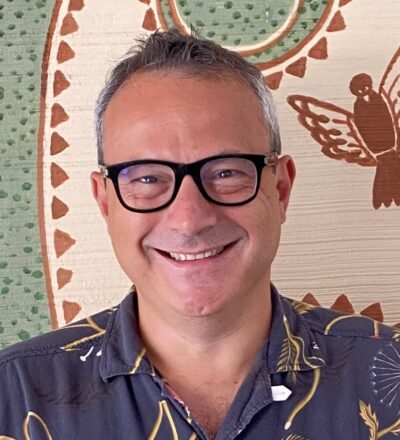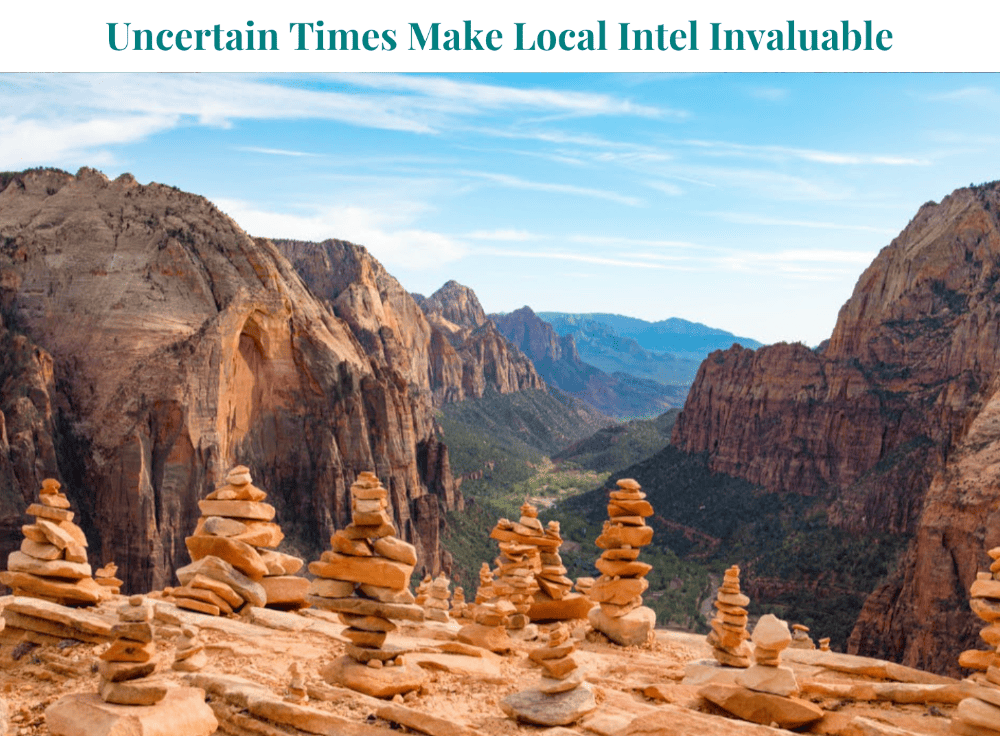The Philippines: Insider’s Guide to a Water Lover’s Paradise
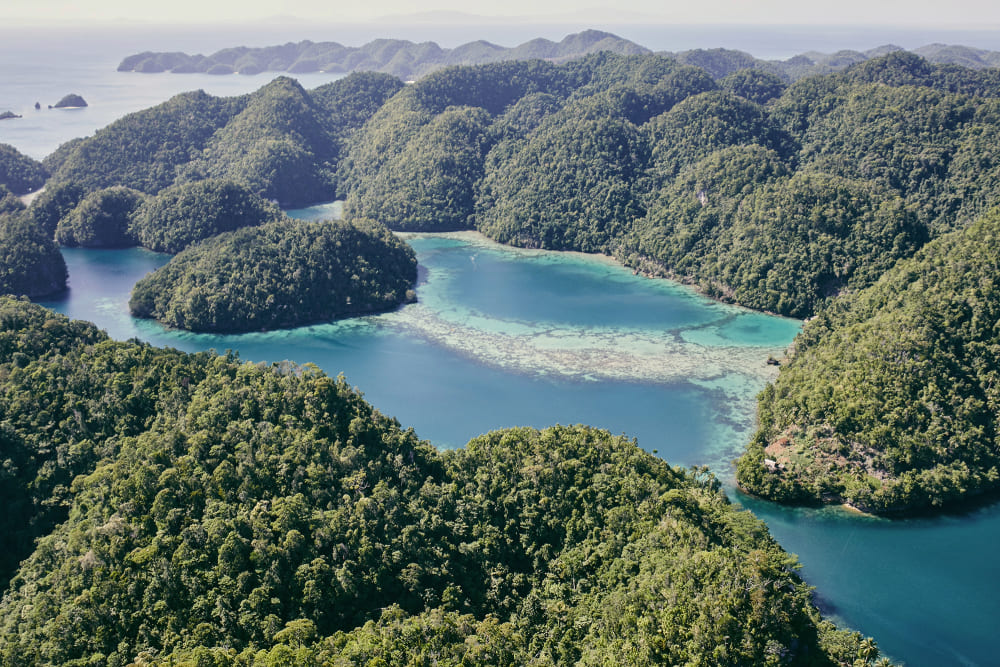 The Philippines are a water (and nature) lover's paradise. Photo: Nay Palad Hideaway
The Philippines are a water (and nature) lover's paradise. Photo: Nay Palad Hideaway
The insider advice on this page is from one of Wendy’s Trusted Travel Experts for Philippines: Andrea Oschetti of Blueflower.
Because he lives in Hong Kong and has made Asia his home for more than two decades (he’s Italian by birth), Andrea has regional connections that enable him to offer a broader range of itineraries and price points than you’ll find through most U.S.-based firms. He’s open to arranging relatively short experiences of Japan because he’s accustomed to booking long weekends there for his Hong Kong clientele, and he uses WhatsApp to stay in contact—from a nearby time zone, no less—throughout your trip. He can arrange visits with local artisans, sushi chefs, and bonsai masters, is equally comfortable sending you around rural and urban Japan via train or private car, and is particularly adept at managing groups with disparate interests.
Are the Philippines Right for You?
Less well-known to U.S. travelers than many other Asian islands, the Philippines are ideal for lovers of the beach and the sea: A visit here is all about coastal landscapes and water activities. It’s a prime location for snorkelers and scuba divers, and the warm and welcoming nature of Filipinos provides a window into the local culture. Expect to do a bit of island-hopping once you’ve arrived. The country also combines well with Indonesia and gateway cities like Singapore and Hong Kong.
Where to Stay and Eat
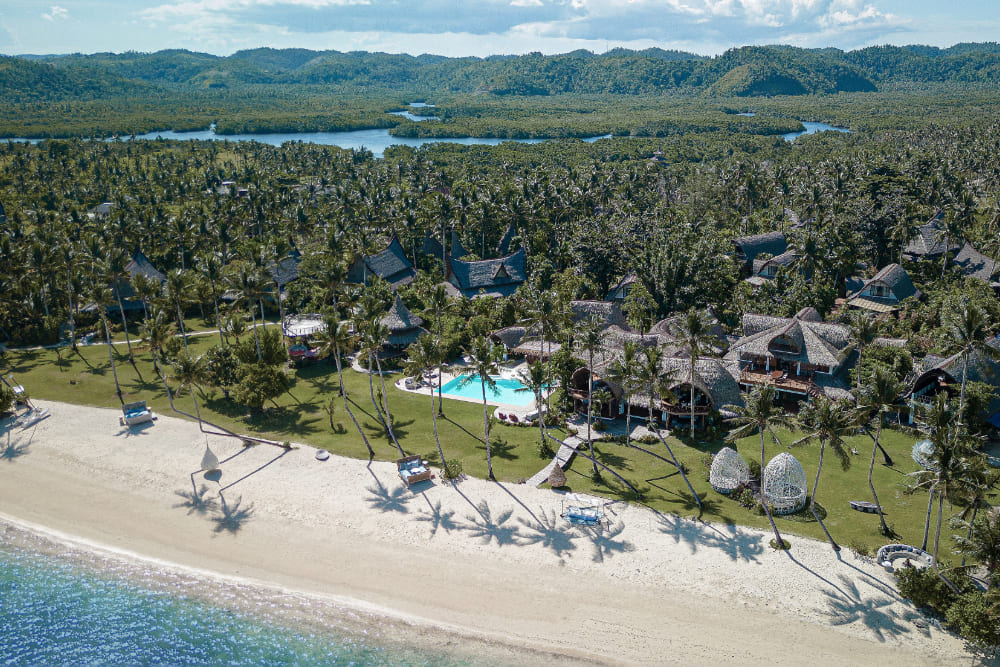
Nay Palad is a luxe, all-inclusive resort on little-known Siargao Island. Photo: Nay Palad Hideaway
Best bang-for-your-buck hotel
Nay Palad, on Siargao, is a luxurious outpost in an as-yet undeveloped region—one that so far is known only to surfers but whose beauty will no doubt draw wider attention in the coming years. The pricing is all-inclusive, so you can indulge in gourmet meals and both land- and sea-based activities without the hassle of signing bills or checking prices.
Best-value splurge hotel
Banwa Private Island. Hidden away in northeastern Palawan, Banwa is a 15-acre property within a marine protected area. The six modern villas range from one to four bedrooms, with plenty of privacy amidst pristine white-sand beaches, lush landscapes, and a vibrant offshore reserve. The draw here isn’t just the luxurious accommodations but the unique experiences, from exploring the Amazon-like Barbacan River, to scuba diving in the UNESCO World Heritage Site of Tubbataha Reefs, to visiting the small fishing communities in the nearby Gubat Islands.
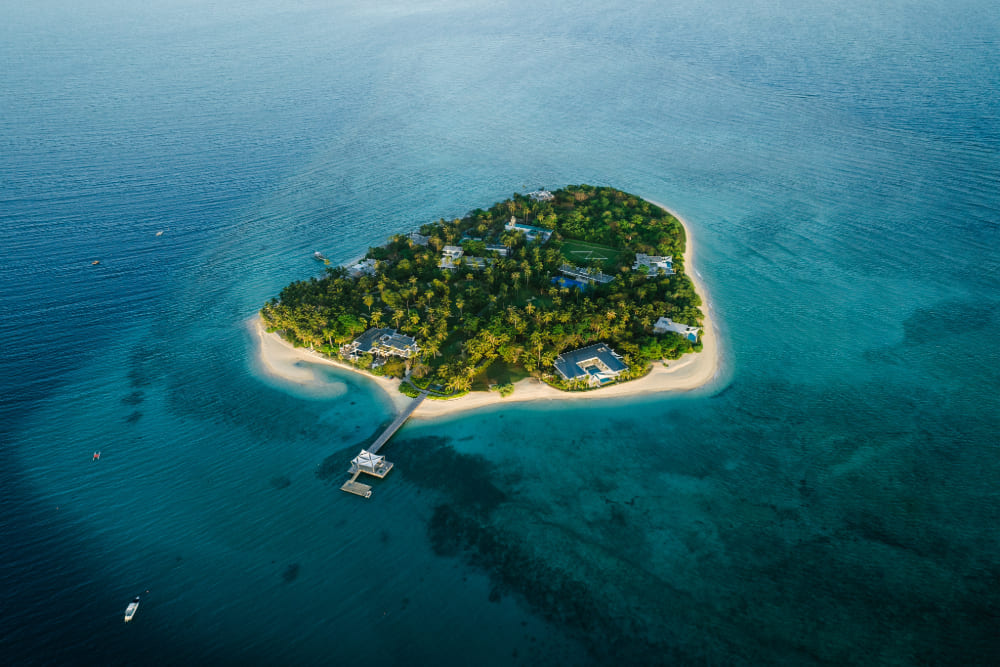
Enjoy your own slice of paradise at a private-island resort like this one. Photo: Banwa Private Island
Dishes to try
Kinilaw, a Filipino-style ceviche. Recipes vary from region to region, but the classic version features fresh fish—usually chunks of Spanish mackerel, known locally as Tanigue—coconut vinegar, calamansi juice, ginger, and red onions. In Visayas, they do an interesting version with coconut milk.
Sinuglaw is a spin on the classic kinilaw, with the addition of barbecued pork belly. The combination of smoky pork and fresh fish may seem unusual, but it’s worth trying (and something you’re unlikely to find outside the Philippines).
Meal worth the splurge
Andrea can arrange a private picnic on a hidden sandbar: Imagine digging into a delectable array of grilled fish, steamed crab, prawns, BBQ pork, and fresh tropical fruits on a narrow strip of pristine white sand, framed by turquoise waters and a stunning sunset.
What to See and Do
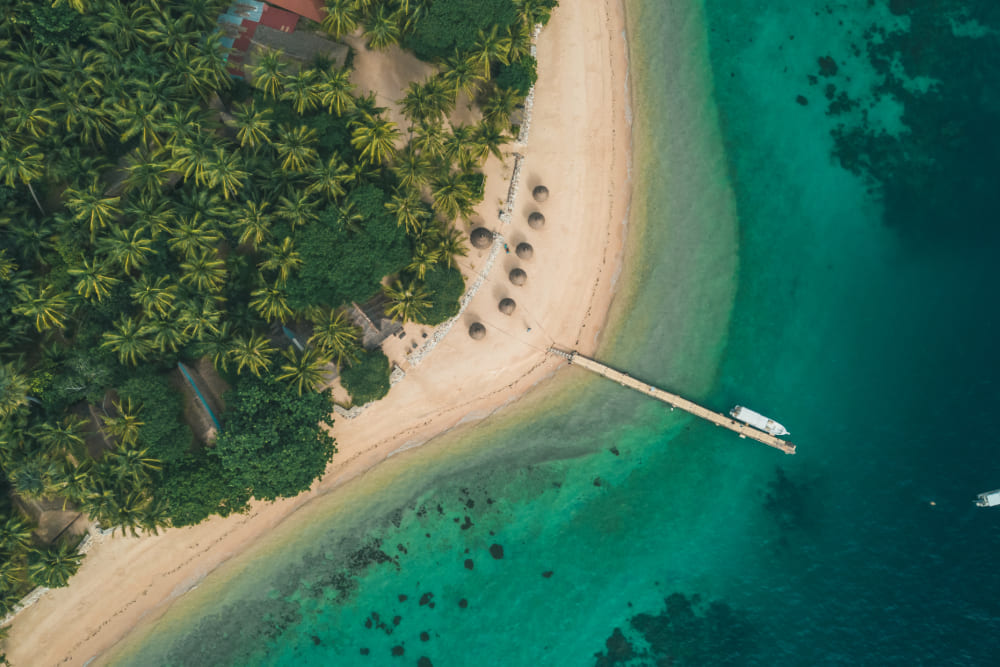
Lush jungle and crystalline water are hallmarks of the Palawan archipelago. Photo: Flower Island Resort
Don’t miss
Island-hopping in El Nido, a small portion of the Palawan archipelago. This is the quintessential “postcard” destination in the Philippines, with breathtaking turquoise lagoons nestled among rocky limestone cliffs and greenery. Recent years have seen more high-end hotels and top-notch restaurants in the region, so you don’t have to sacrifice luxury for the view.
Don’t bother
The Banaue Rice Terraces. Reaching these terraces, which are situated 5,000 feet above sea level, involves a lengthy journey on winding, mountainous roads. The trip from Manila can take upward of 8 hours each way. While the terraces themselves are stunning, they only make sense if you can devote a few days of your trip to the journey.
Most underrated place
Siargao. Often likened to Bali 20+ years ago, Siargao is one of the Philippines’ best-kept island secrets, offering adventure and relaxation in equal measure. Come here for remote beaches, deep-sea fishing, world-class surfing—and arguably the most diverse food scene outside of the big cities, with Italian, Indonesian, Singaporean, Peruvian, and of course Filipino. The best time to visit is from March to June.
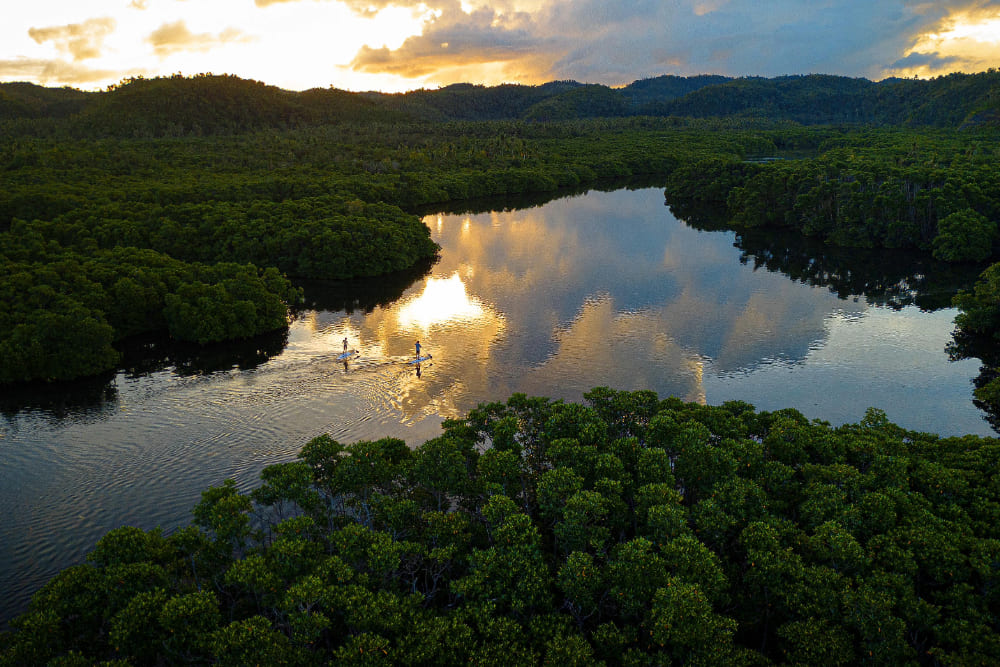
Siargao Island is one of the Philippines’ best-kept secrets. Photo: Nay Palad Hideaway
Most overrated place
Boracay. Famous for its powdery white sand and turquoise waters, Boracay has transformed into a bustling tourist destination, now filled with clubs, restaurants, and even a Starbucks and McDonalds. Clean-up efforts in 2018 improved Boracay’s environmental condition, but it is still less a quaint tropical-island getaway and more a bustling entertainment district by the beach.
Hidden gem
Siquijor. Legend has it that the Spanish once dubbed Siquijor the “Island of Fire” for its mesmerizing swarms of fireflies illuminating the molave trees. Today, Siquijor is famous for mystical folklore and revered shamans offering an array of roadside concoctions, love potions, and healing services. But beyond that, Siquijor is also a beautiful island with white sandy beaches stretching along its many miles of turquoise coastline and waterfalls within its jungle interior. It’s off the beaten path, but much more accessible now that a beautiful hotel has opened on a neighboring island.
Best Time to Go
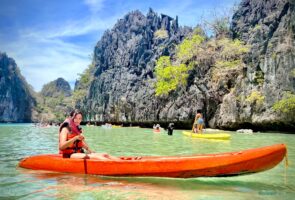
December to May offer the most settled weather conditions across a variety of destinations within the Philippines. Palawan, often hailed as the crown jewel of the Philippines (picture tiny islands with limestone cliffs plunging straight into turquoise water), shines brightest in December. This month ushers in warm, dry weather, perfect for exploring El Nido and Coron’s pristine beaches, hidden coves, and a vibrant marine ecosystem teeming with coral reefs, sea turtles, and playful dolphins.
Worst Time to Go
Typhoons frequently occur from July to October, often disrupting travel plans when flights get canceled. However, the central Visayas region, including Cebu and Bohol, remains relatively stable and offers a reliable escape year-round.
Biggest Rookie Mistake
Underestimating travel times and the complexity of internal flights and land and sea connections. To truly enjoy each destination without feeling rushed, allocate a minimum of three nights at each place you visit.
Scam to Avoid
Be cautious of taxis that take advantage of traffic jams and rigged meters to overcharge you. If you haven’t pre-booked private transportation, the Grab app is a wiser option in cities.
Can't-Miss Photo Op
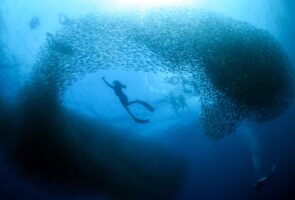
Tens of thousands of sardines congregate in silvery swarms just 100 feet from shore on Cebu. You don’t need full scuba gear to enjoy this spectacle, just a snorkel mask and a waterproof phone or camera.
Don’t Forget to Pack
A portable electric fan; there are both handheld models and ones that rest around your neck. It will be your best friend in the hot tropical sun.
Bragging Rights (and a Cheap Thrill)
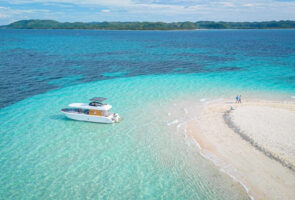
Andrea can arrange for you to be a (well-attended-to) castaway on a secluded island in the Palawan archipelago, where a staff of 10 will set up a temporary camp, just for you, for a three-day adventure. This works equally well for couples (your hosts can leave you and a cooler stocked with cold drinks on a private beach for the afternoon) and for groups of friends who want to explore the crystalline waters and towering limestone cliffs. It’s best for more intrepid travelers who don’t need air-conditioning or the other comforts of a hotel—but where else in the world can you spend just $1,000-$2,000 per person to have a pristine island all to yourself for three days?
The Souvenir
Golden South Sea pearls. The national gem of the Philippines, these exquisite pearls grow in the gold-lipped Pinctada maxima oysters, which thrive in the warm waters off Palawan. For the highest-quality specimens, check out Jewelmer, founded in 1979 by a French pearl farmer and a Filipino entrepreneur. They have dedicated decades to biotechnological research, resulting in South Sea pearls with the deepest gold color on the market.

